Superconductors – found in MRI machines, nuclear fusion reactors and magnetic-levitation trains – work by conducting electricity with no resistance at temperatures near absolute zero, or -459.67F. The search for a conventional superconductor that can function at room temperature has been ongoing for roughly a century, but research has sped up dramatically in the last decade because of new advances in machine learning (ML) using supercomputers such as Expanse at the San Diego Supercomputer Center (SDSC) at UC San Diego.
Tag: San Diego Supercomputer Center

Scientists Use SDSC’s Expanse to Advance Green Chemistry
Computational chemists reduce or eliminate hazardous materials by running simulations to develop fast, accurate models. MIT researchers use SDSC’s supercomputer to explore the luminescent properties of iridium-centered phosphors.
Computer-generated Models Mimic Human Recognition at Supersonic Speed
Human cells are often a mixture of both abnormal and normal DNA – a mosaic, so to speak, and like the art form, this complex montage is difficult to understand. Neuroscience researchers are training computers to unveil new methods for DNA mosaic recognition.
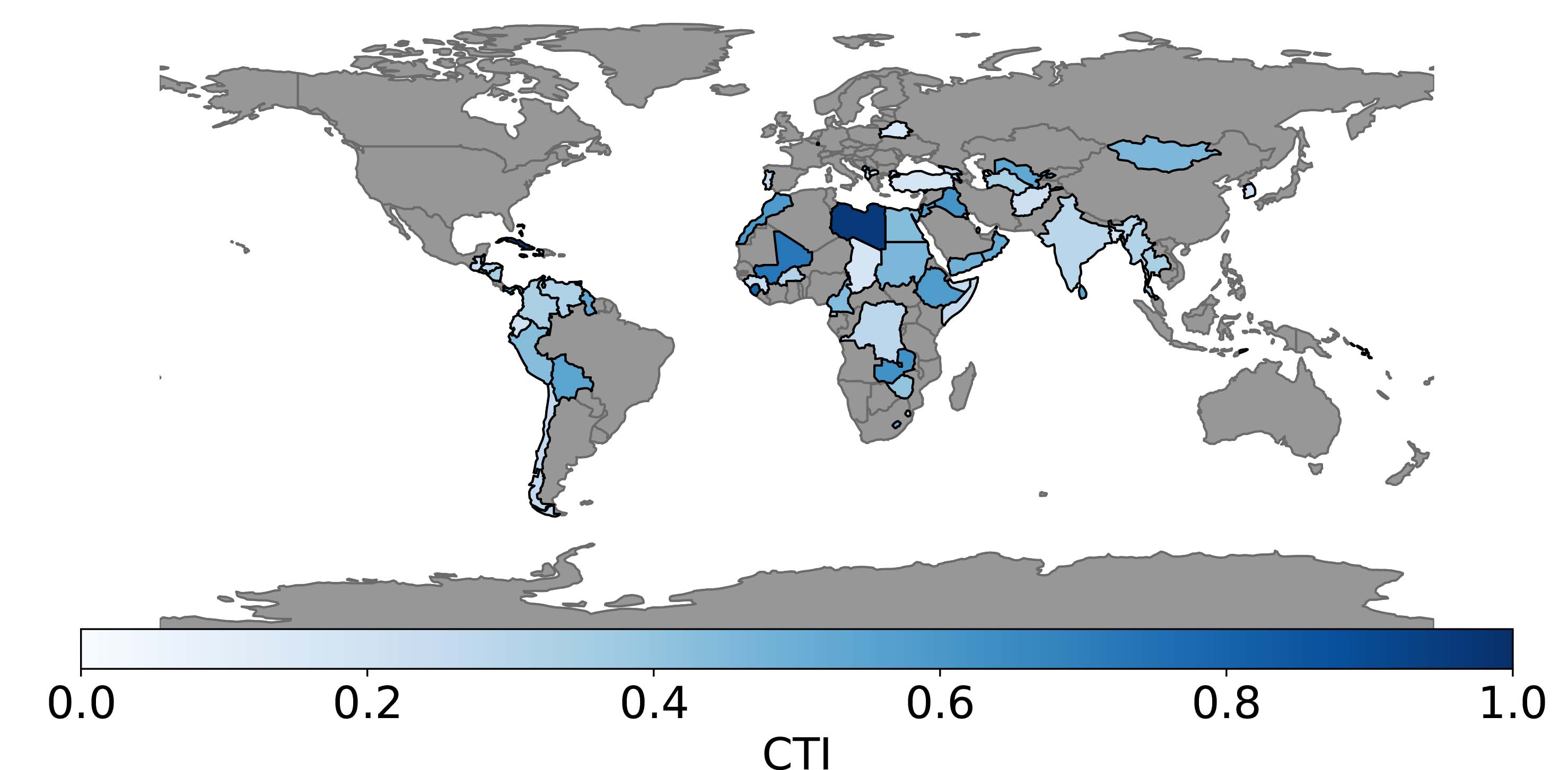
A quarter of world’s Internet users rely on infrastructure at high risk of attack
About a quarter of the world’s Internet users live in countries that are more susceptible than previously thought to targeted attacks on their Internet infrastructure. Many of the at-risk countries are located in the Global South.
UAH-led space weather prediction research could be critical to Space Force Command
Research to improve space weather predictions by Dr. Nikolai Pogorelov at The University of Alabama in Huntsville (UAH), a part of the University of Alabama System, will boost abilities crucial to the success of the defense mission of the Space Force Command that’s set to be located in Huntsville, Ala.
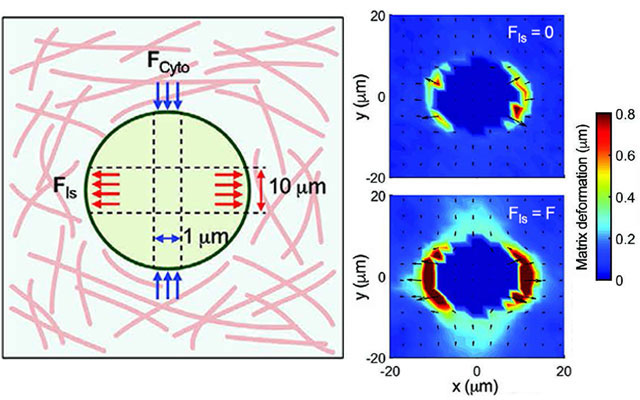
Supercomputers Illustrate the Mechanical Process of Cancer Growth
According to the World Health Organization, one in six worldwide deaths are attributed to cancer, but not due to initial malignant tumors. They were caused by the spread of cancer cells to surrounding tissues, which consist largely of collagen. That was the focus of a recent study by Stanford University and Purdue University researchers.

Supercomputers Help Advance Computational Chemistry
Researchers at the Massachusetts Institute of Technology (MIT) have succeeded in developing an artificial intelligence (AI) approach to detect electron correlation – the interaction between a system’s electrons – which is vital but expensive to calculate in quantum chemistry.
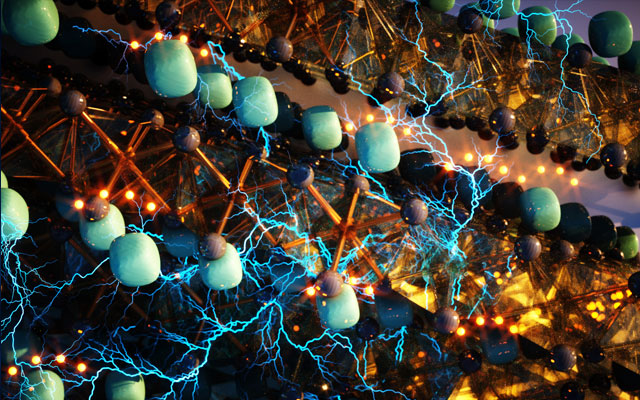
Supercomputers Used to Develop Longer-Lasting, Faster-Charging Batteries
Supercomputers funded by the National Science Foundation are being used to develop more reliable and efficient electric vehicles and other products by focusing on the batteries that power them.

Researchers Use Supercomputers to Better Understand the Sun’s Corona
As worldwide mandates prevented gatherings over the holiday season, crowds in Chile and Argentina donned masks and eye shields to take in some outdoor magic: a two-minute solar eclipse on December 14. A week before however, everyone had a chance to see what the eclipse might look like thanks to simulations generated on the recently launched ‘Expanse’ supercomputer at the San Diego Supercomputer Center (SDSC) at UC San Diego.

Supercomputer Models Describe Chloride’s Role in Corrosion
While researchers have been studying chloride’s corrosive effects on various materials for decades, high-performance computers were recently used to create detailed simulations to provide new insight on how chloride leads to corrosion.
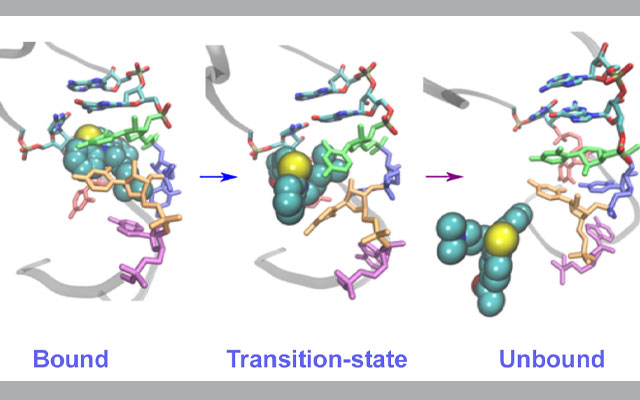
Supercomputers Simulate New Pathways for Potential RNA Virus Treatment
University of New Hampshire (UNH) researchers recently used high-performance supercomputers to identify new inhibitor binding/unbinding pathways in an RNA-based virus. The findings could be beneficial in understanding how these inhibitors react and potentially help develop a new generation of drugs to target viruses with high death rates, such as HIV-1, Zika, Ebola, and SARS-CoV2, the virus that causes COVID-19.
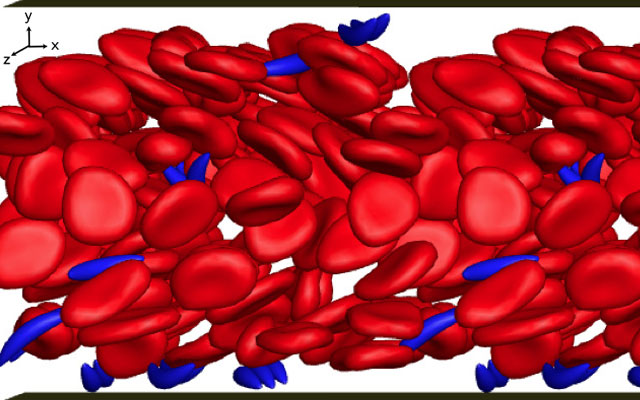
Supercomputer Modeling Aids Sickle Cell Research Discovery
Researchers recently created detailed simulations showing how stiff red blood cells flow through blood vessels, deforming and colliding along the way.
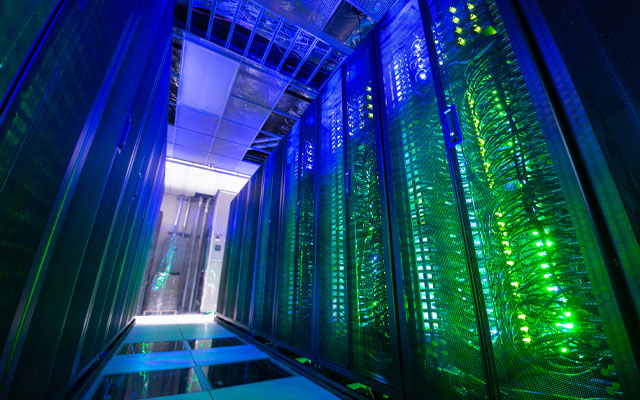
‘Expanse’ Supercomputer Formally Enters Production
The San Diego Supercomputer Center (SDSC) at UC San Diego announced that its new Expanse supercomputer formally entered service for researchers following a program review by the National Science Foundation (NSF), which awarded SDSC a grant in mid-2019 to build the innovative system.
Rutgers Expert Can Discuss AI Advances Linked to RCSB Protein Data Bank
New Brunswick, N.J. (Dec. 3, 2020) – Stephen K. Burley, director of the RCSB Protein Data Bank headquartered at Rutgers University–New Brunswick, is available for interviews on how the bank’s 50 years of data on the 3D biomolecular structures of life and artificial intelligence can lead…
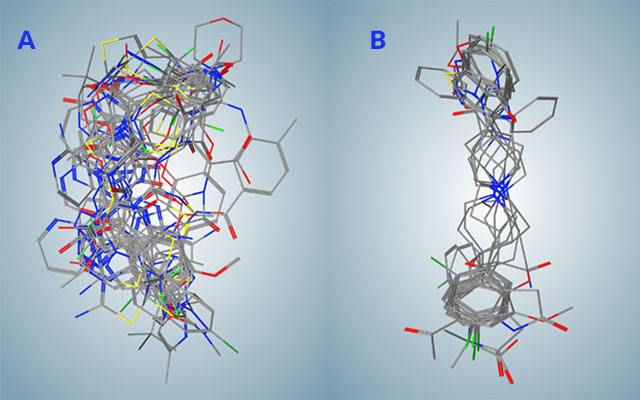
Supercomputers Help Model Potential SARS-CoV2 Protease Inhibitors for COVID-19
A team of researchers recently created a pharmacophore model and conducted data mining of the database of drugs approved by the U.S. Federal Drug Administration (FDA) to find potential inhibitors of papain-like protease of SARS-CoV2, one of the main viral proteins responsible for COVID-19.
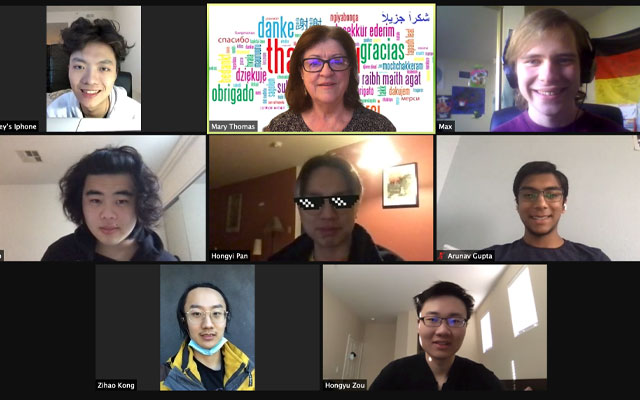
UC San Diego Student Team Shines at Supercomputing 2020 Conference
A team fielded for the first time by the San Diego Supercomputer Center (SDSC) at UC San Diego competed in this year’s Student Cluster Competition at the annual International Conference for High-Performance Computing, Networking, Storage, and Analysis (SC20) achieved fourth place overall among 19 teams during the 72-hour challenge.

SDSC Receives Two ‘Best’ HPCwire Awards for 2020
The San Diego Supercomputer Center (SDSC) at the University of California San Diego received two HPCwire awards for 2020, including ‘Best Use of HPC (High-Performance Computing) in the Cloud’, and ‘Best Use of HPC in Energy’.
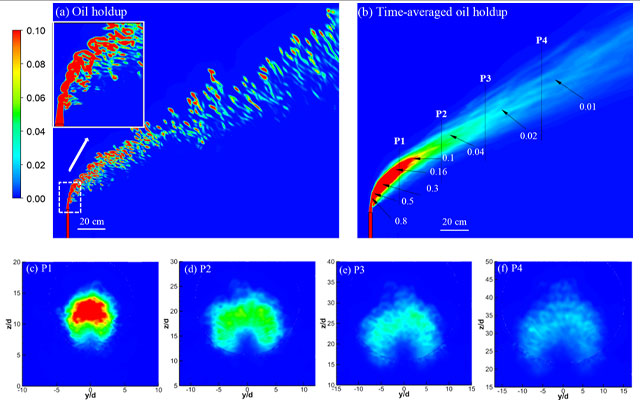
High-Performance Computing Aids in Predicting Oil Dispersal During Spills
According to the National Oceanic and Atmospheric Administration, thousands of oil spills occur each year in the United States. Although the majority of incidents involve less than one barrel, the spills have wreaked economic and environmental devastation for decades. Researchers recently created supercomputer simulations to better understand the fate of oil droplets for effective countermeasures.
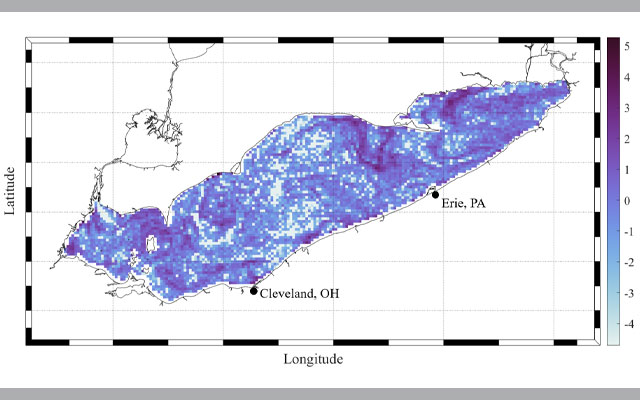
Supercomputer Simulations Reveal Scope of Lake Erie Plastic Waste Pollution
The transport of nine types of plastics floating in Lake Erie was modeled in two studies that used the Comet supercomputer at the San Diego Supercomputer Center (SDSC) to compare a two-dimensional model with a new Great Lakes microplastic dataset and then develop the first ever three-dimensional mass estimate for plastic in Lake Erie.
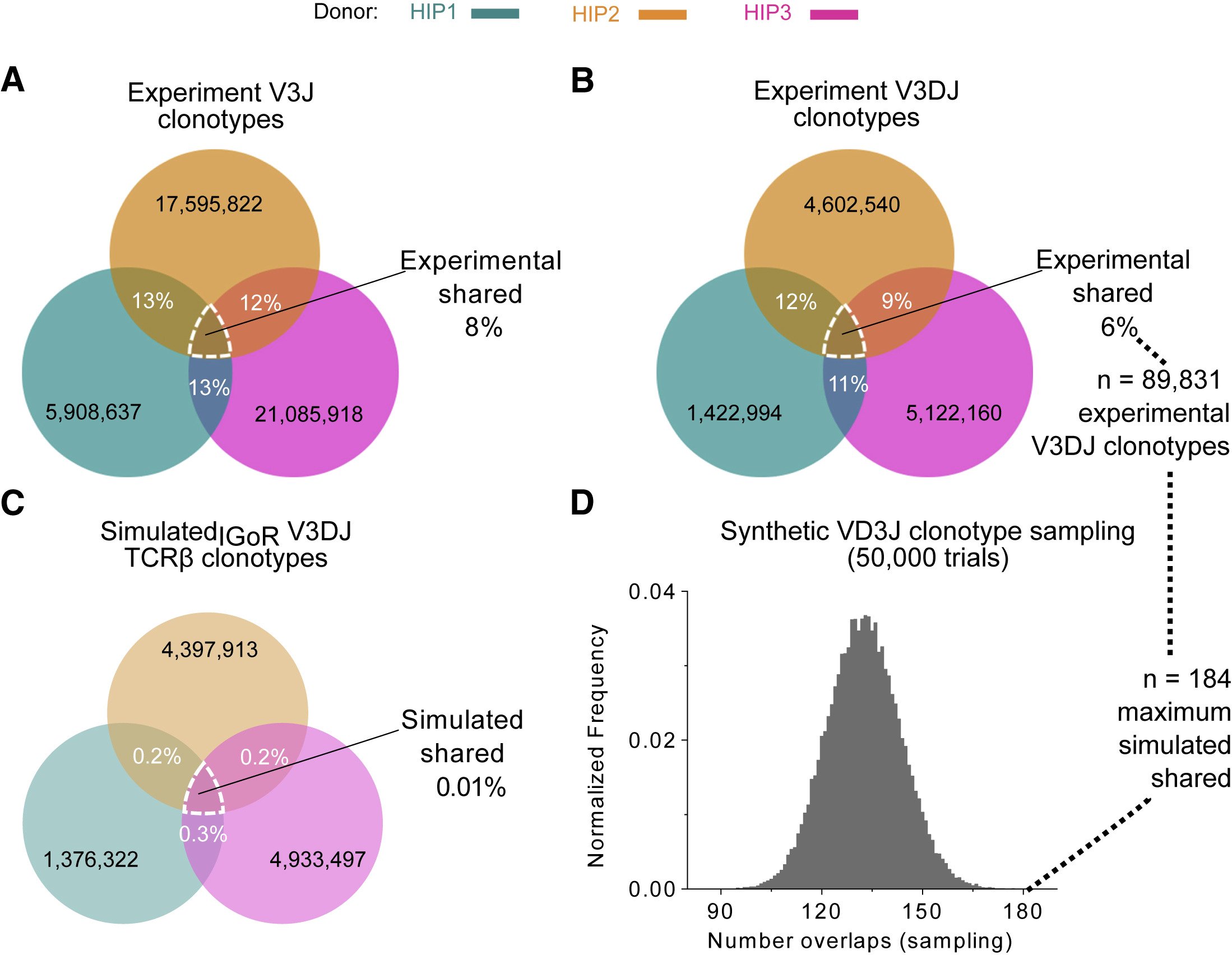
Supercomputer Calculations Boost Our Understanding of Our Immune System
While researchers around the world race to develop an effective and safe COVID-19 vaccine, a team from the San Diego Supercomputer Center (SDSC) at UC San Diego contributed to a study led by Vanderbilt Vaccine Center of Vanderbilt University Medical Center (VUMC) on T cell receptors, which play a vital role in alerting the adaptive immune system to mount an attack on invading foreign pathogens including the Coronavirus SARS-CoV-2.
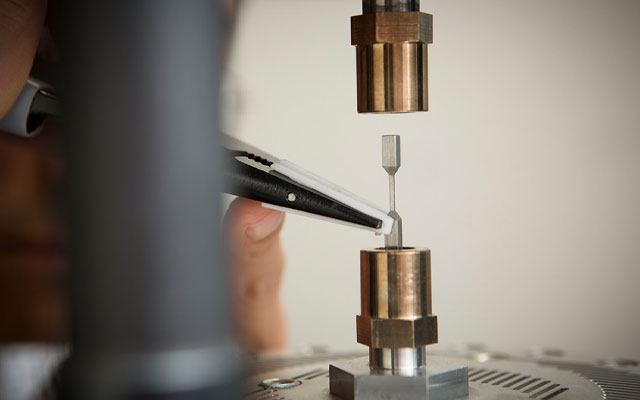
National Science Foundation Funds Development of a Science Gateway for New Materials Discovery
The National Science Foundation has awarded a $1 million Research Advanced by
Interdisciplinary Science and Engineering (RAISE) grant to a multidisciplinary team of researchers at the San Diego Supercomputer Center (SDSC) at the University of California San Diego, the University of Minnesota, Carnegie Mellon University, and Cornell University to create the X-ray Imaging of Microstructures Gateway (XIMG), a science gateway designed to make it possible for global material sciences researchers to study the behavior of new and existing materials using X-ray diffraction.

National Science Foundation-funded CloudBank Now Operational
The San Diego Supercomputer Center (SDSC) at the University of California San Diego and its partners at the University of Washington (UW), UC Berkeley, and Strategic Blue have entered production operations of the National Science Foundation (NSF)-funded CloudBank program, which aims to simplify the use of public clouds across computer science research and education.
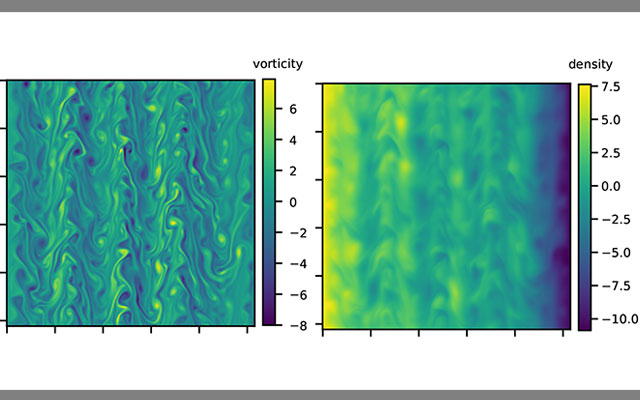
Machine Learning Helps Plasma Physics Researchers Understand Turbulence Transport
UC San Diego researchers published a study that used the ‘Comet’ supercomputer at the San Diego Supercomputer Center on campus showing how machine learning produced a model for plasma turbulence.
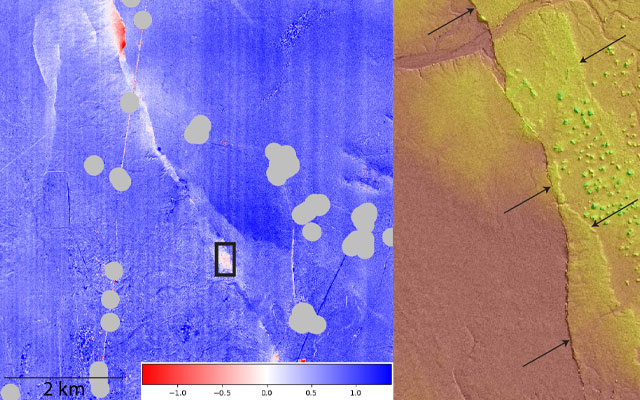
OpenTopography Collaboration Awarded New Four-Year Grant
The National Science Foundation (NSF) has renewed funding for OpenTopography, a science gateway that provides online access to Earth science oriented high-resolution topography data and processing tools to a broad user community advancing research and education in areas ranging from earthquake geology to ecology and hydrology.
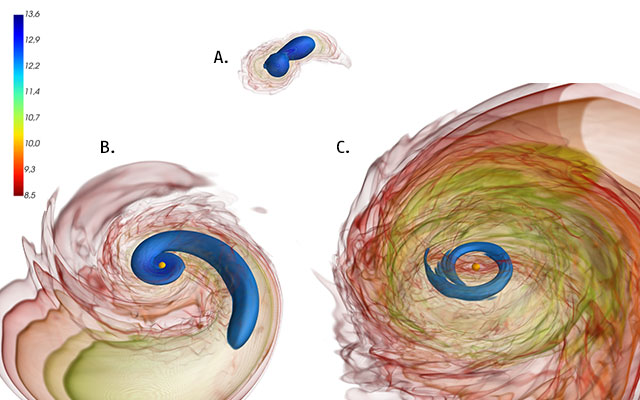
Supercomputers Help Uncover ‘Noisy’ Neutron Star Collisions
A series of simulations using multiple supercomputers, including Comet at the San Diego Supercomputer Center (SDSC) at UC San Diego, suggests that when the neutron stars’ masses are different enough, the result is far noisier. The models predicted an electromagnetic ‘bang,’ which isn’t present when the merging stars’ masses are similar, according to researchers.
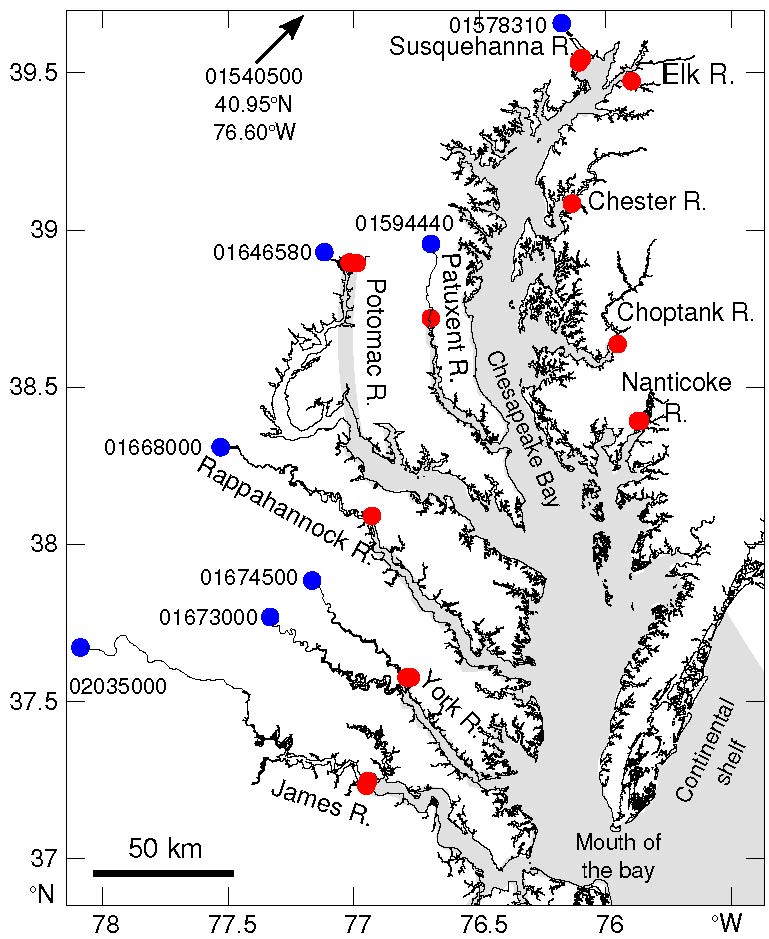
Supercomputers Simulate Environmental Changes in Chesapeake Bay
Virginia Institute of Marine Science (VIMS) researchers used supercomputer simulations to examine impacts of both regional and global changes affecting the Chesapeake Bay. They discovered that historical increases in fertilizers and atmospheric carbon dioxide concentrations have forced the bay to behave increasingly like a small sea on a continental shelf rather than a traditional estuary.
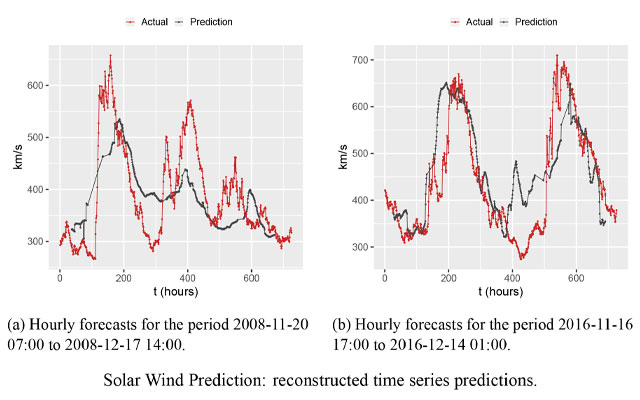
Supercomputer Simulations Help Researchers Predict Solar Wind Storms
Researchers at the University of New Hampshire used SDSC’s Comet supercomputer to validate a model using a machine learning technique called Dynamic Time Lag Regression (DTLR) to help predict the solar wind arrival near the Earth’s orbit from physical parameters of the Sun.
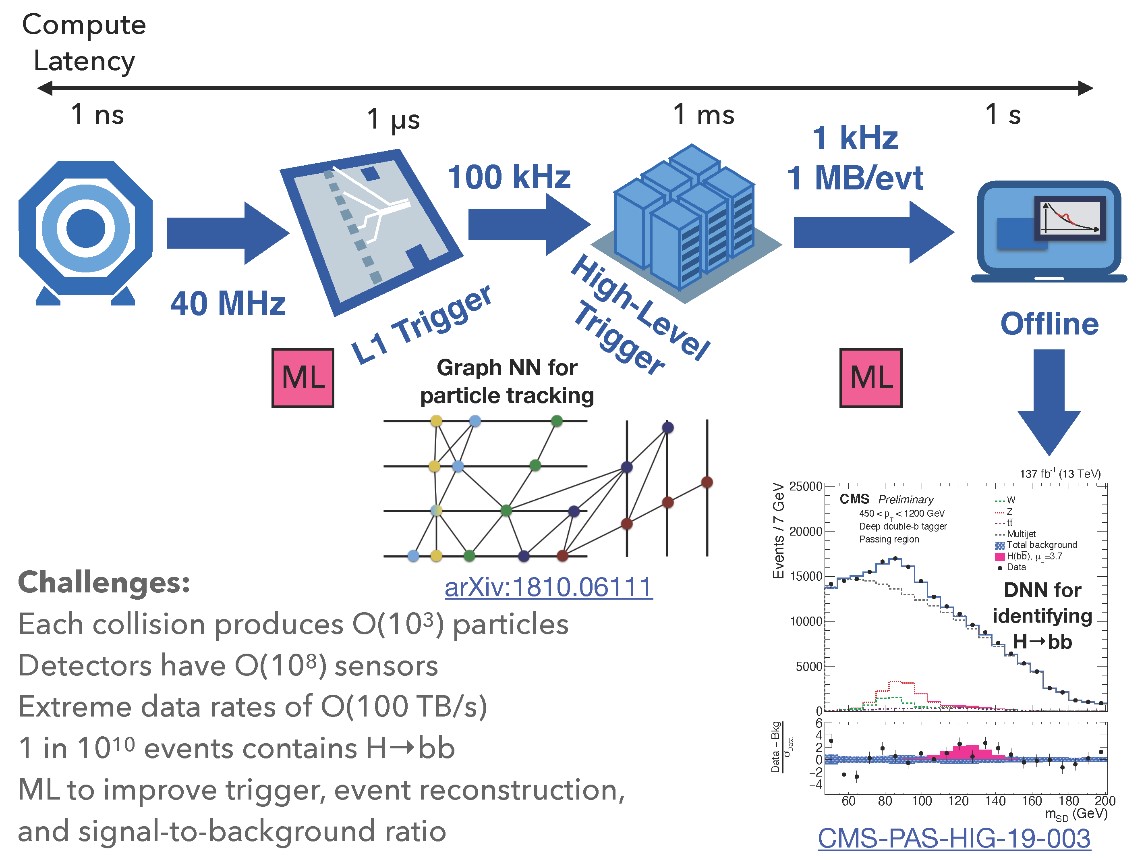
National Science Foundation Awards $5 Million to Develop Innovative AI Resource
The NSF has awarded the San Diego Supercomputer Center (SDSC) at UC San Diego a $5 million grant to develop a high-performance resource for conducting artificial intelligence (AI) research across a wide swath of science and engineering domains.
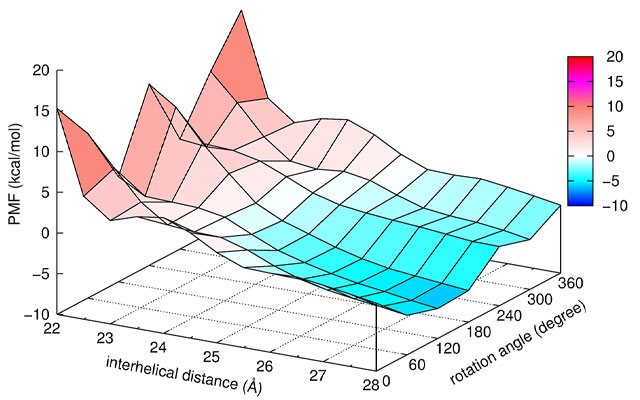
Supercomputer Simulations Show How DNA Prepares Itself for Repair
Researchers from Harvard University and the University of Texas Medical Branch at Galveston recently used the Comet supercomputer at the San Diego Supercomputer Center (SDSC) at the University of California San Diego to uncover the novel ways in which DNA prepares itself for repair.

SDSC’s Sherlock Cloud Announces ‘Skylab’ Cloud Solution
The Sherlock Division of the San Diego Supercomputer Center (SDSC) at the University of California San Diego has broadened its secure Cloud solutions portfolio to offer Skylab, an innovative customer-owned Cloud platform solution that provides a self-standing, compliant environment for secure workloads in the Amazon Web Services (AWS) Cloud.

Georgia Tech Engineers Simulate Solar Cell Work Using Supercomputers
Because of silicon’s relatively high cost, hybrid organic-inorganic perovskites (HOIPs) have emerged as a lower-cost and highly efficient option for solar power, according to a recent study by Georgia Institute of Technology (Georgia Tech) researchers.

SDSC Sherlock Cloud adds Google Cloud Platform to Extend its Multi-Cloud Service
The Sherlock Division of the San Diego Supercomputer Center at the University of California San Diego has expanded its multi-Cloud solution, Sherlock Cloud, to include the Google Cloud Platform (GCP).

UC San Diego’s CREATE and SDSC Awarded National K-12 STEM Grant
The U.S. Department of Defense’s (DoD) Defense STEM Education Consortium (DESC) has awarded a one-year grant to the San Diego Supercomputer Center (SDSC) at UC San Diego and the UC San Diego Mathematics Project housed at the university’s Center for Research on Educational Equity, Assessment, and Teaching Excellence (CREATE), to introduce computing into high school math classrooms.
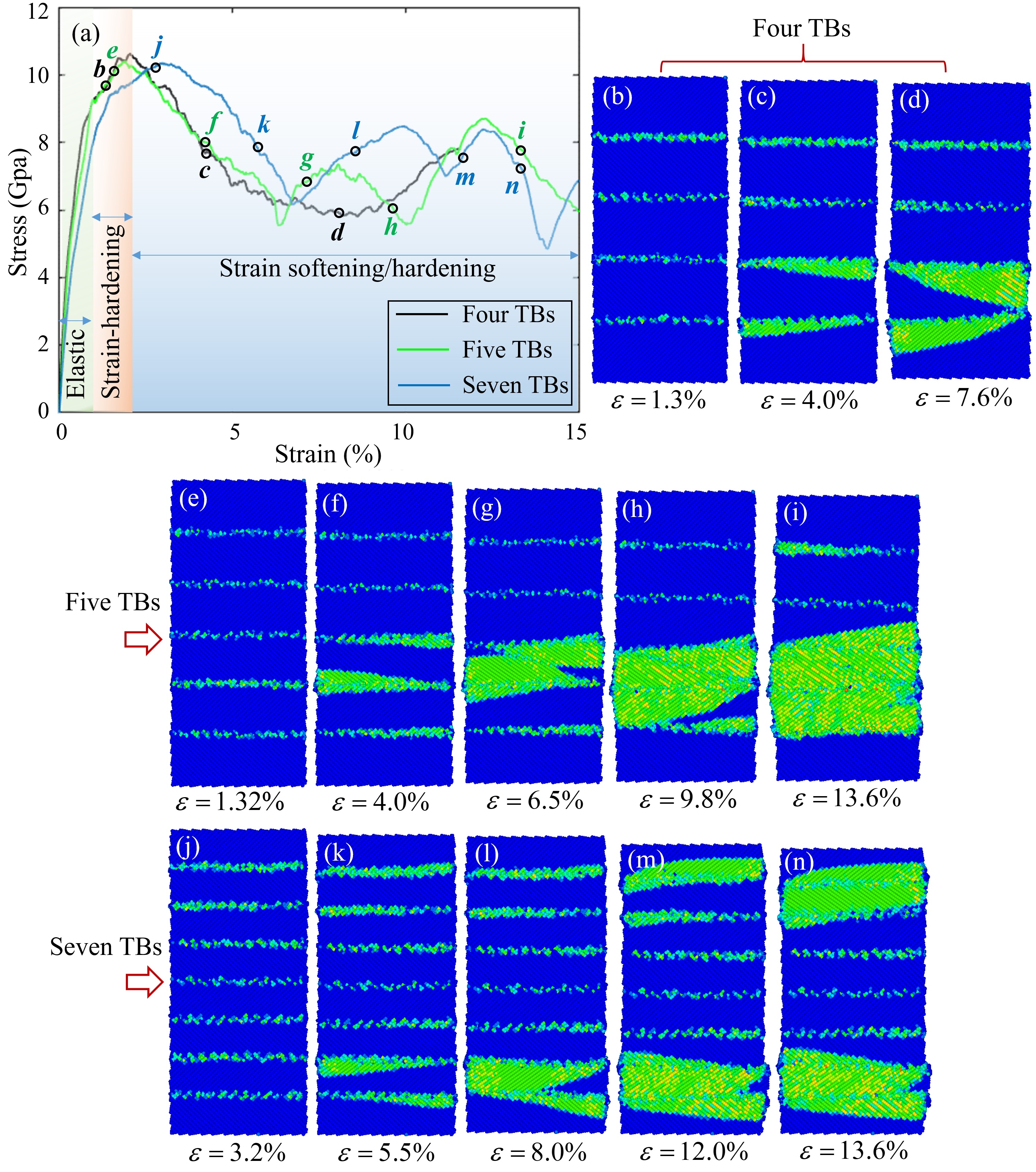
Supercomputers Reveal True Strengths of Some Zirconia Ceramics
Researchers from the Colorado School of Mines have been using multiple supercomputers to study certain characteristics of zirconia. The team recently published their findings in the Journal of the European Ceramic Society.
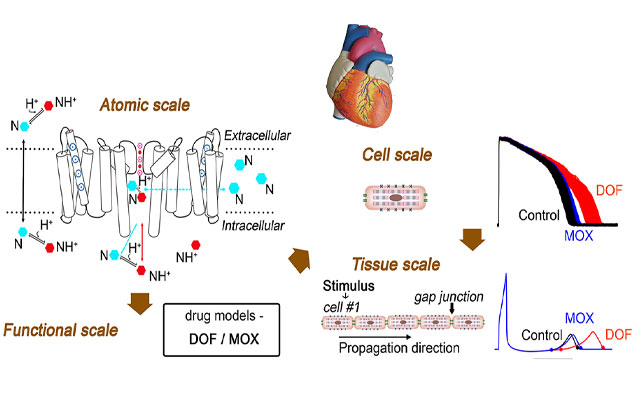
Supercomputing Drug Screening For Deadly Heart Arrhythmias
Using supercomputers, scientists have developed for the first time a way to screen drugs through their chemical structures for induced arrhythmias.
Supercomputer Simulations Help Advance Electrochemical Reaction Research
University of Texas at Austin researchers recently simulated the catalytic mechanism and atomic structure of nickel-doped graphene using Comet at the San Diego Supercomputer Center (SDSC) and Stampede2 at the Texas Advanced Computing Center. The simulations showed how the catalyst converts carbon dioxide into carbon monoxide, an important feedstock for chemical engineering.
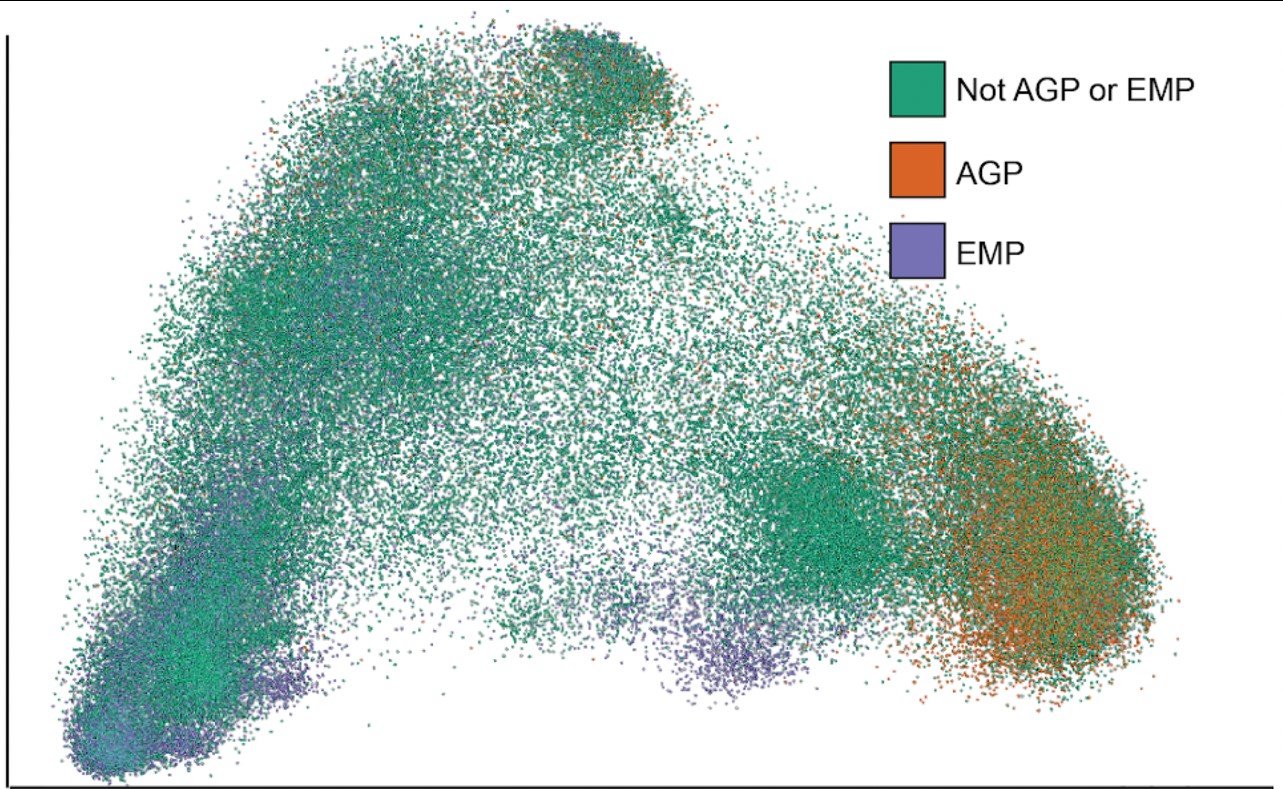
UC San Diego Researchers Optimize Microbiome Tool for Computer GPUs
University of California San Diego researchers have ported the popular UniFrac microbiome tool to graphic processing units (GPUs) in a bid to increase the acceleration and accuracy of scientific discovery, including urgently needed COVID-19 research.
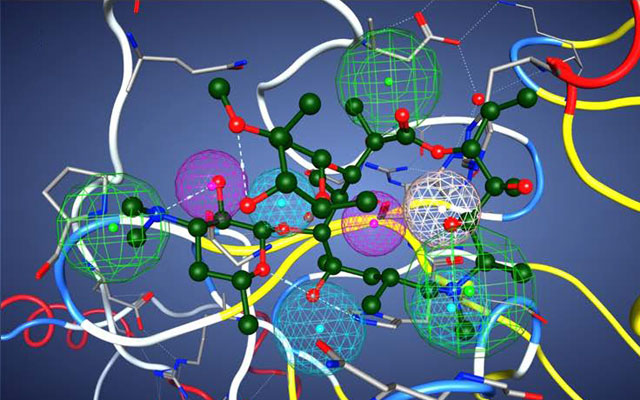
Researchers Develop Potential COVID-19 Protease Inhibitors
Researchers at UC San Diego recently created a pharmacophore model and conducted data mining of the conformational database of FDA-approved drugs that identifies 64 compounds as potential inhibitors of the COVID-19 protease. Among the selected compounds are two HIV protease inhibitors, two hepatitis C protease inhibitors, and three drugs that have already shown positive results in testing with COVID-19.

SDSC’s Comet Supercomputer, TSCC Available for COVID-19 Research
The San Diego Supercomputer Center at the University of California San Diego is providing priority access to its high-performance computer systems and other resources to researchers advancing our understanding of the virus and efforts to develop an effective vaccine in as short a time as possible.

Supercomputers Assist International Engineering Team on Wave Energy Project
Researchers at Sand Diego State University and the Polytechnic University of Turin in Italy used supercomputer simulations to study how ocean wave energy converters can harness energy and turn it into into electricity, offering the potential to reduce our reliance on fossil fuels.
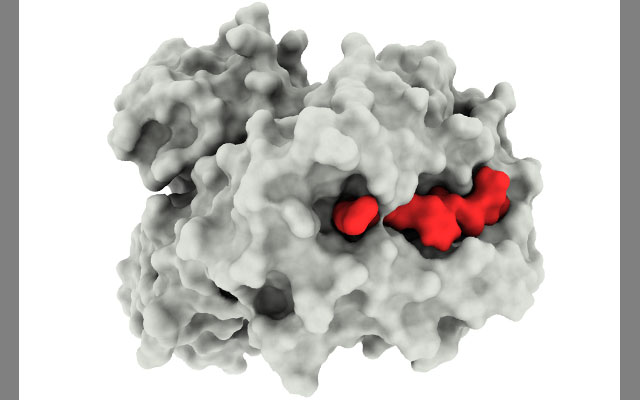
Supercomputer Helps Benchmark Cancer Immunotherapy Tool
With an estimated 1.7 million new cases and 600,000 deaths during 2017 in the U.S. alone, cancer remains a critical healthcare challenge. Researchers used the Comet supercomputer at the San Diego Supercomputer Center (SDSC) to evaluate their new molecular docking tool which aims to improve immunotherapy outcomes by identifying more effective personalized treatments.
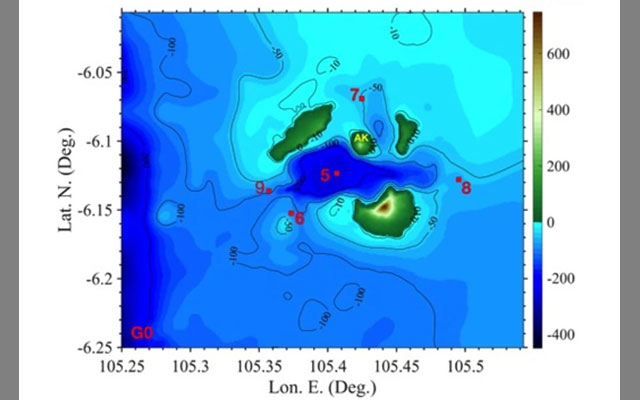
Supercomputer Models Accurately Simulate Tsunamis from Volcanic Events
Researchers at the University of Rhode Island (URI) used San Diego Supercomputer Center’s (SDSC) Comet supercomputer to show that high-performance computer modeling can accurately simulate tsunamis from volcanic events. Such models could lead to early-warning systems that could save lives and help minimize catastrophic property damage.
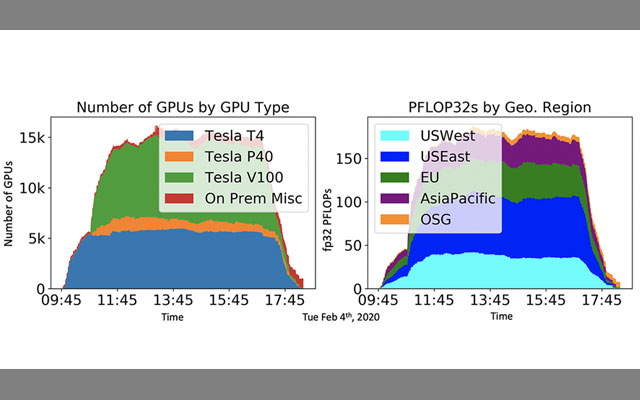
Second GPU Cloudburst Experiment Yields New Findings
Researchers at the San Diego Supercomputer Center (SDSC) and the Wisconsin IceCube Particle Astrophysics Center (WIPAC) have conducted a second experimentt marshalled globally available-for-sale GPUs (graphics processing units), proving it is possible to elastically burst to very large scales of GPUs using the cloud, even in this pre-exascale era of computing.
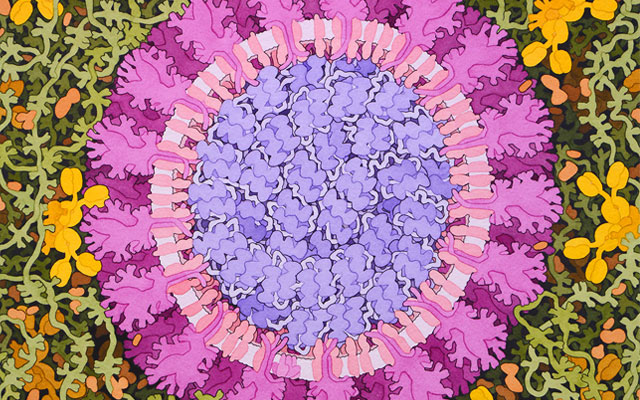
Coronavirus Protease Structure Added to Protein Data Bank
The Protein Data Bank archive, which contains more than 160,000 3D structures for proteins, DNA, and RNA, this month released a new Coronavirus protease structure following the recent coronavirus outbreak, an ongoing viral epidemic primarily affecting mainland China that now threatens to spread to populations in other parts of the world.
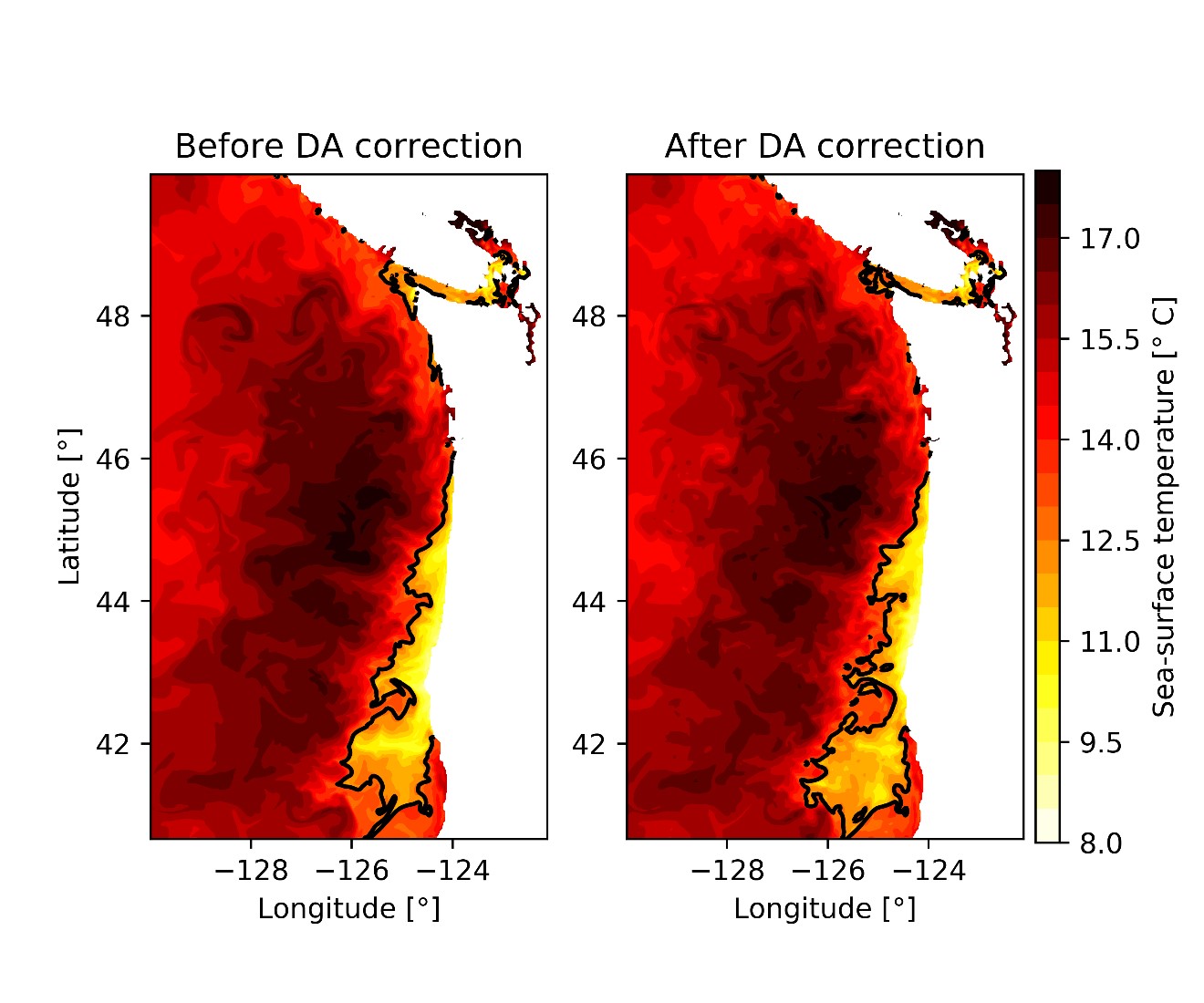
Supercomputer Models Improve Oregon/Washington Coastal Forecasts
Researchers at Oregon State University have been using the Comet supercomputer at the San Diego Supercomputer Center to test an algorithm that they believe will reduce errors in the widely used three-day forecasts for water temperature, salinity levels, sea heights, and currents off the coasts of Oregon and Washington.
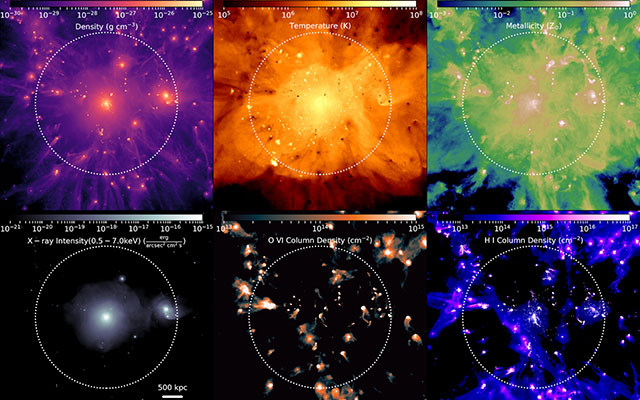
Supercomputer Simulations Reveal Details of Galaxy Clusters
A new study published late last year in the Monthly Notices of the Royal Astronomical Society explored the molecular gas within and surrounding the intracluster medium, which fills the space between galaxies in a galaxy cluster.
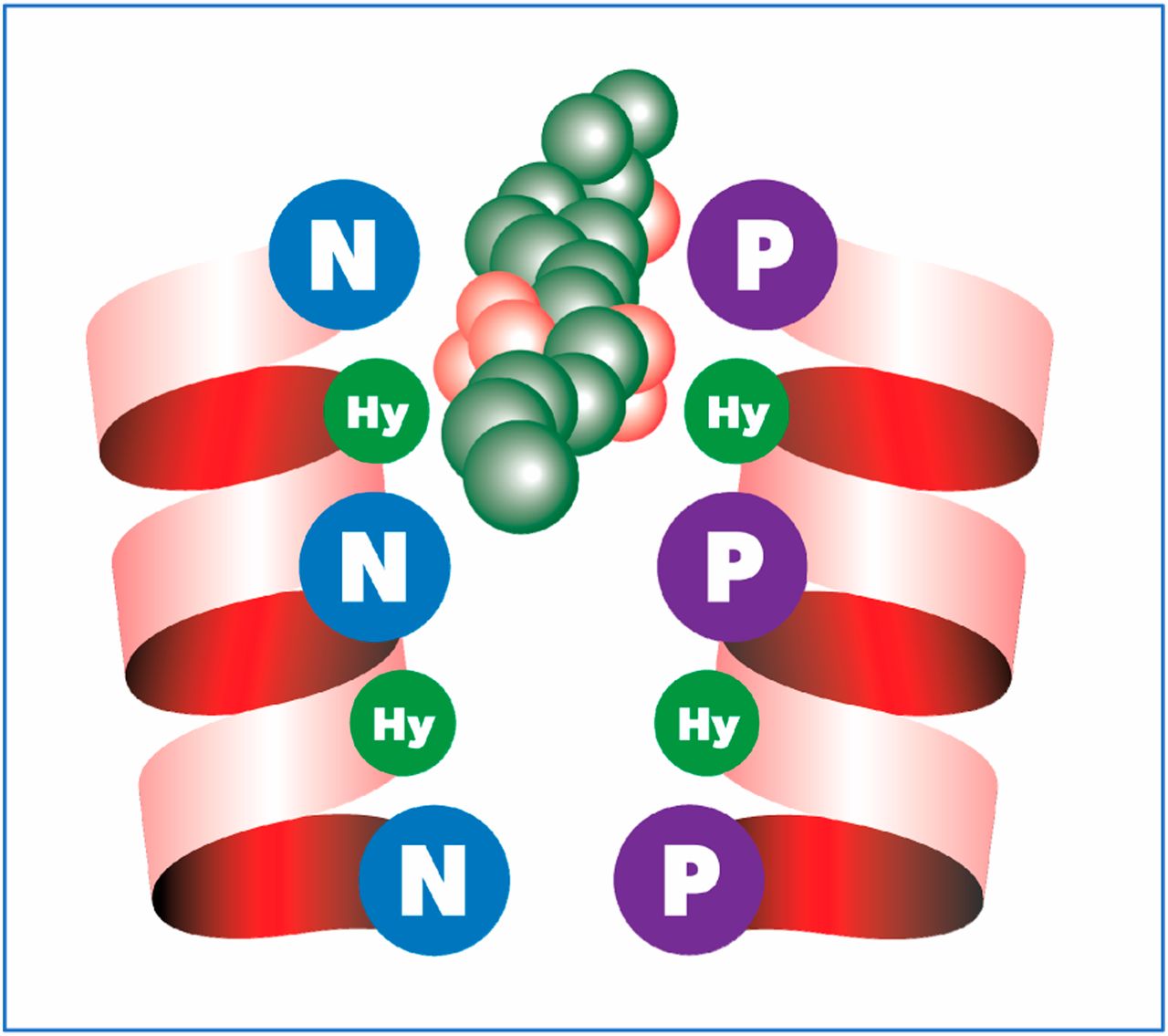
International Research Team Confirms Potential Glioblastoma Inhibitors
However, San Diego Supercomputer Center (SDSC) Research Scientist Igor Tsigelny recently collaborated Researchers from the San Diego Supercomputer at UC San Diego and colleagues from Sweden’s Karolinska Institute and the Pasteur Institute in France released a study focused on improving the prognosis for glioblastoma patients.
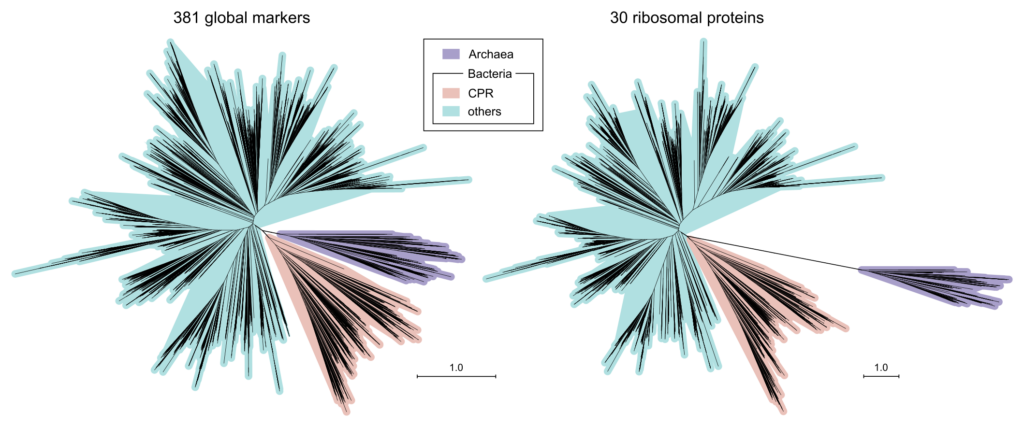
UC San Diego-led Study Finds Close Evolutionary Proximity Between Microbial Domains in the ‘Tree of Life’
A comprehensive analysis of 10,575 genomes as part of a multi-national study led by researchers at UC San Diego has revealed close evolutionary proximity between the microbial domains at the base of the tree of life, the branching pattern of evolution described by Charles Darwin more than 160 years ago in his book, On the Origin of Species.
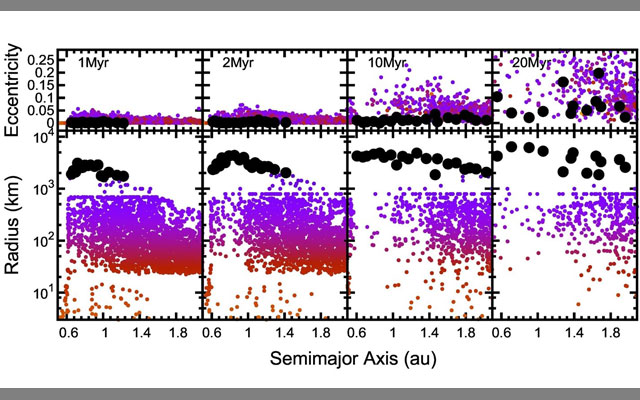
Supercomputer Simulations Showcase Novel Planet Formation Models
Scientists at the Southwest Research Institute (SwRI) used SDSC’s Comet supercomputer to help model the formation of terrestrial planets such as Mercury, Venus, and Mars in a quest to explore if there are Earth-like planets outside our solar system.

SDSC Supercomputer Simulations Aid in Solving Boron Carbide Mystery
Building upon decades of research on how to make boron carbide even more efficient, an engineering team at the University of Florida (UF) has been conducting simulations using SDSC’s Comet supercomputer to better understand the nanoscale level deformation mechanisms of this important material.